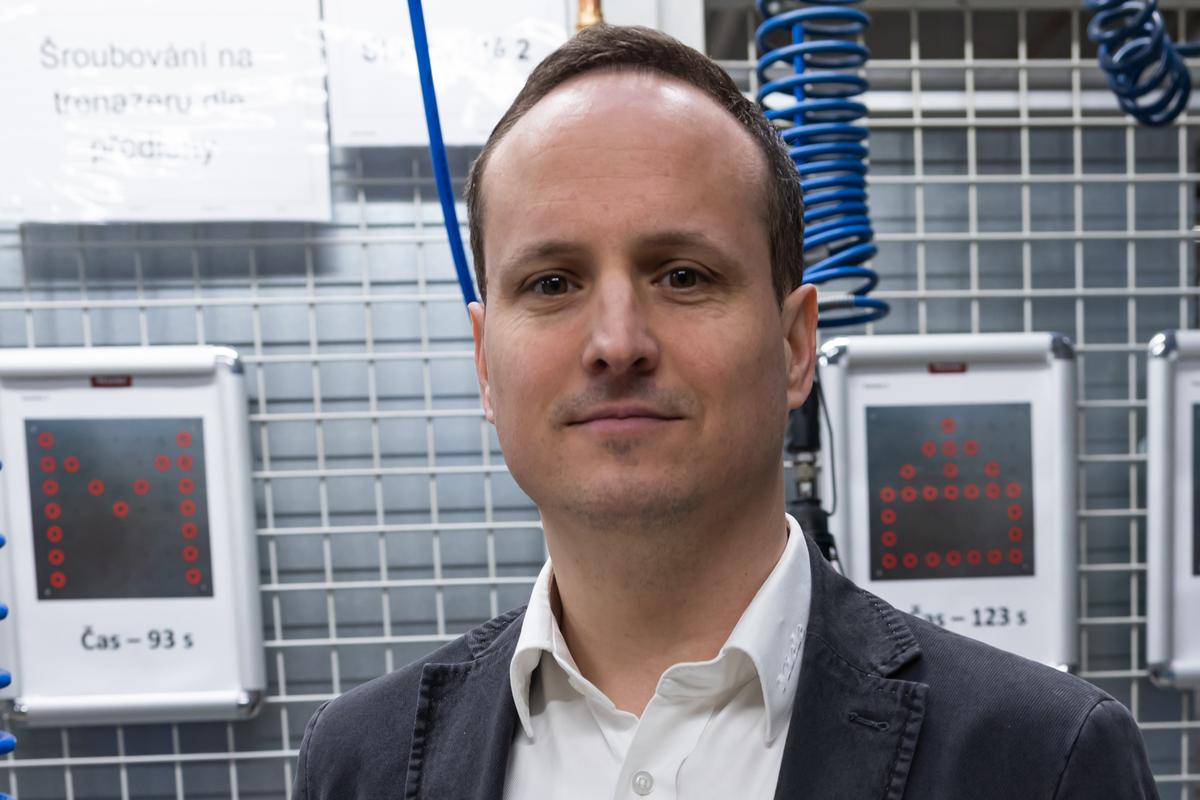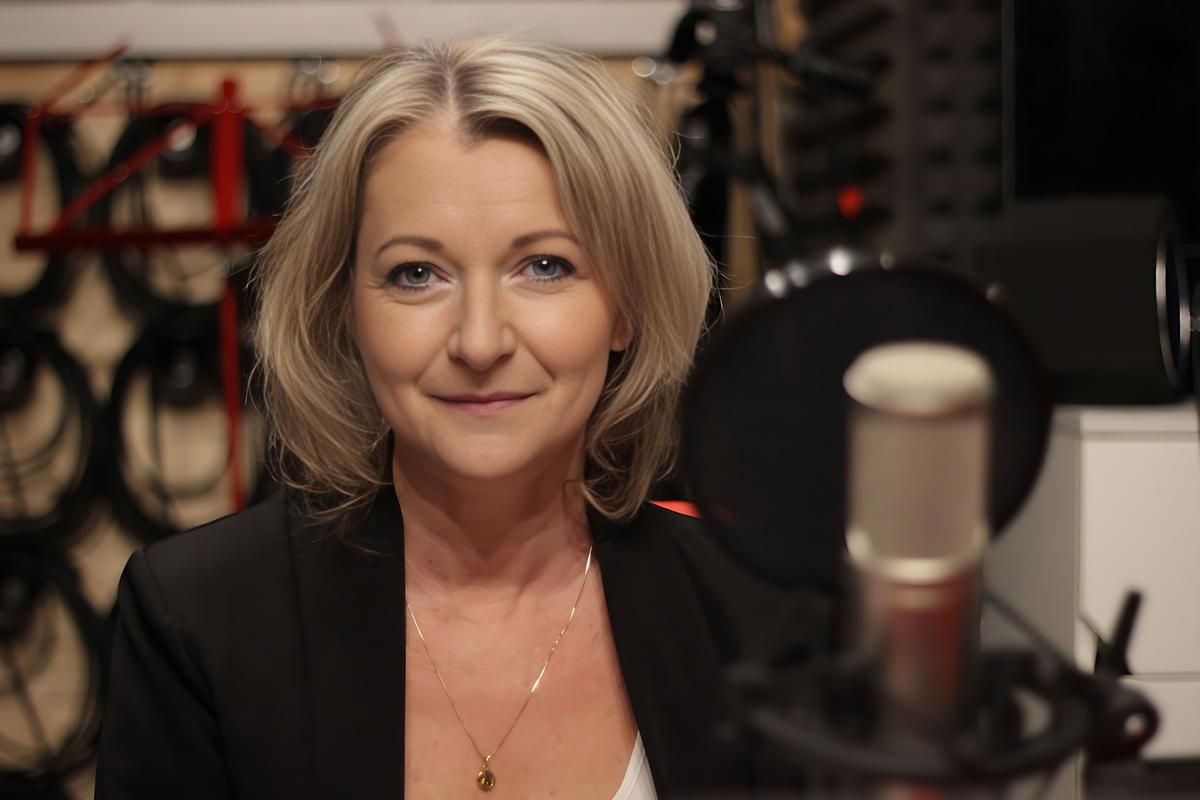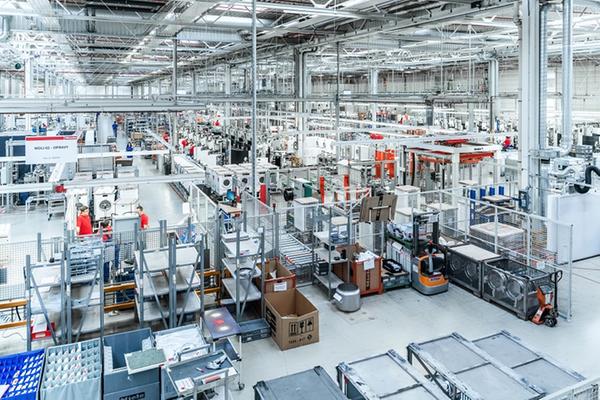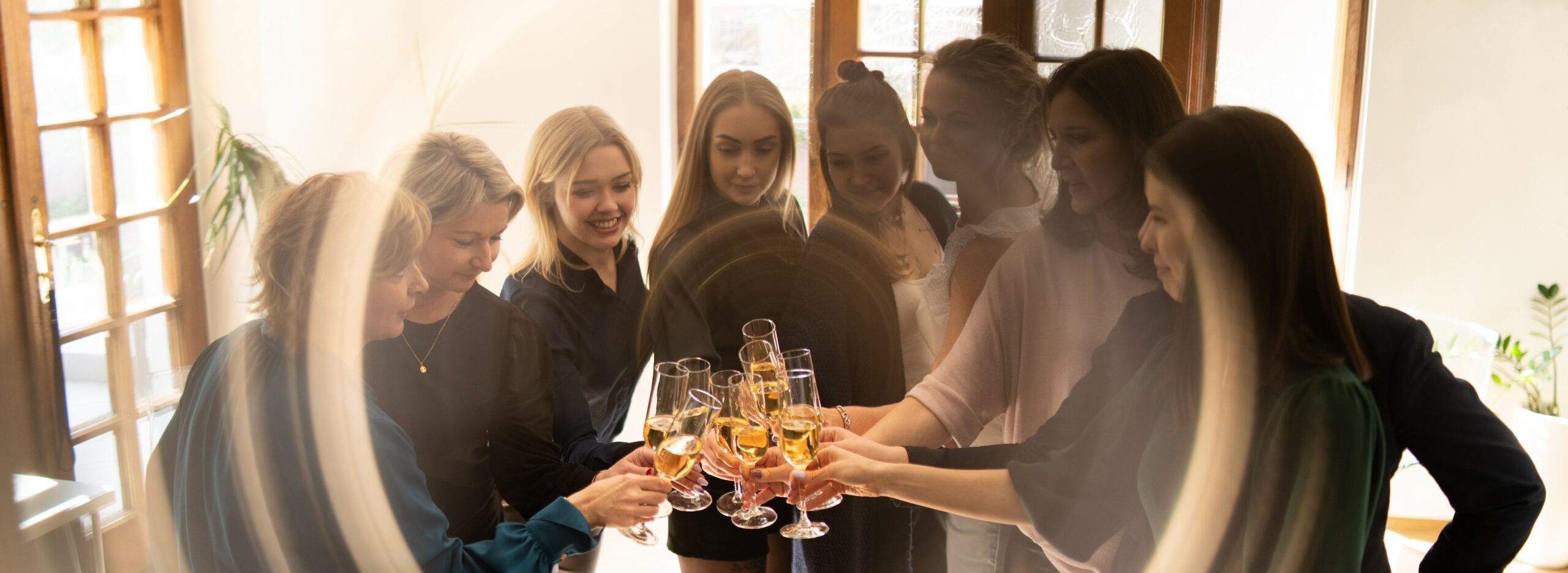Please introduce Miele technika.
Our Uničov plant is a production plant of the German family company Miele. It was founded in 2002 and this year we celebrate 20 years since the start of production. During that time, we have managed to build the largest production plant of the entire concern and at the same time we are the only production plant in the Czech Republic. We focus on the development, production and assembly of appliances in the field of laundry and dish care. Last year we produced 1,120,708 appliances.
People often think that all Miele products are manufactured and developed in Germany, but for example all household dryers are made in Uničov. Our designers develop dryers and dishwashers.
Miele dealerships are based in Brno and the Miele Experience Centre is located in Prague.
How many employees do Miele technika work for? How has the number of employees in production developed in recent years?
We employ almost 2,000 employees in Uničov. Almost 900 employees work on assembly and production. The number of employees usually increases every year.
What is the role and position of Miele technicians within the Miele Group?
We are the largest production plant of the entire Miele Group. The challenge for us was the transformation from an assembly shop to a full-fledged production plant, which now includes, for example, the development department or testing laboratories.
We were the first to operate outside German-speaking countries, which also brought language challenges for the Group.
Today we are the only manufacturer of household dryers. If a customer buys a clothes dryer anywhere in the world, he can be sure that we made it here in Uničov.
Please describe your role in the structure of Miele technika and how long have you been here?
I have been working here for 15 years. In 2008, I started as a change management technician and later I became the head of technical support for production. Together with 50 production technicians and technologists, I provide technical support for production and assembly and I am directly subordinate to the production director.
What are you specifically responsible for, respectively. Your controlled department, please? What does the technical support of production at Miele actually involve?
These include, for example, the creation of technological procedures at workplaces in assembly and production, workplace standardization and ergonomic solutions. We are also responsible for the training center where new and existing staff are trained. We cooperate on zero series in the development of new products, we provide operations in serial production. We manage assembly jigs, which includes managing the process of creation, recording, maintenance, control and disposal of products and racks in the plant. We are also responsible for repairs of devices.
What role does training technology play in production at Miele? How does it work, on the basis of which technological or product incentives?
Since we are a serial production on several assembly lines, with a huge number of product variants and various customer requirements, changes are the order of the day. Whether it’s a change in clocks, components, new product variants or new staff. All of this requires thorough information and training of staff, which we subsequently document during audits.
The Miele training centre was mentioned in the media. Can you describe it, please?
Internally, we call the Training Center a Training Center. It is a place in production that simulates various workplaces and activities on assembly lines. We equipped it with jigs, tables, trainers, screwdrivers, production components. We focus here on activities that are often repeated or that are specific in order to prepare employees for them. Classic repetitive activities include – screwing, assembly of cabling and connectors, work with jigs, pliers, etc. The specific ones include the installation of seals, hoses, visible parts, visual inspection, etc.
The training center as a place does not have the task of training a specific assembly position of a specific type of device in a specific cycle. In general, the employee should familiarize himself with the environment, tools and aids and gain experience. It has the opportunity to touch the production and assembly and gain greater certainty before going live.
However, this is far from the end of the training program at the training center. We are also available to new employees at workplaces where training programs take place in cooperation with leaders. Trainings take place as part of training or later as part of periodic trainings during the year.
How does the training of new employees work at Miele? What do you emphasise, what methods do you use? What topics do you deal with besides the production process itself?
Training of new employees is now quite an extensive and complex process, which involves several components of our organizational structure – from the personnel department, through safety, quality, production to the environment.
Training begins with recruitment. The HR department will conduct a job interview with the job seeker and we will test the worker’s skills at the training center.
The training itself in the training center provides comprehensive onboarding of the new employee. In addition to training manual skills at the above-mentioned workplace, we familiarize employees with the complete production throughout the plant, inform them about the organization of work. We will instruct them in all security standards, teach them how to handle internal documentation, electronic systems, etc.
How do you cope with the increase in the number of employees, the need for their training, respectively. Whether the demands on the quality and intensity of training of new employees are changing?
In previous years, we had a large number of new employees and very often from completely different fields, i.e. without previous experience of working in production or assembly. At the time of covid, many people, especially from the gastro industry, have joined us this way. At that time, we felt quite intensely the importance of the training process with regard to gaining confidence and experience in manual activities while complying with all the quality requirements that we have at a high level. This is one of the reasons why there have been major changes and a shift in the training of new employees at assembly and production workplaces.
If we talk about the training process from a personnel point of view – how do you deal with this issue? Do you use internal capacities or do you also use external trainers and consultants?
Most of the training is done in-house. After so many years of setting up processes, we are already staffed. However, when introducing new methods or in cases that we are not able to cover ourselves, we do not hesitate to turn to external experts.
Is it possible to define your KPIs in terms of training new employees? Time spent training, quality, evaluation after a certain level of incorporation.
Yes, basically all of the ones you listed. We monitor the training time of workers, error rate and losses at the workplace, production for the first time, scrapping….
After training the employees and passing the practical and theoretical exams, we certify the employees, which opens up further opportunities for career growth for potential candidates, whether in positions at the line or further in the plant structure.
Are there (from your experience) any milestones in training that have fundamentally changed and improved this process at Miele? If so, what led you to seek new approaches and which were they?
We are a big company. A large increase in new employees, turnover, high quality requirements – all these aspects have led to the need to recruit and train staff in a standardized and controlled manner.
We teamed up with the TWI Institute through DMC Consulting and with their help we introduced the TWI – Training within industry methodology in our company. It is a controlled way of training and transfer of information with regard to the quality, safety and know-how of the company.
The introduction of this process can clearly be described as a milestone in employee training. Today it is a tool that consists of several hundred working instructions. There are dozens of trainers in production and in the training center, who train new and existing staff using this methodology.
Is there cooperation within the department you manage between other Miele plants?
As a group, we are very interconnected and coordination takes place here. For all methodologies, we have process engineering specialists across the plant who work together and many processes are managed centrally.
Is there such a thing as the Miele standard? That is, a unified model of training or production support, or does each plant have its own model due to its specialization?
Now you’ve made me laugh! We are a German company, the whole Miele is standard. But no, seriously, for example, the TWI methodology is another step towards even greater process standardization. And we are working to make it common at other Miele plants.
What topics in the field of employee education are you currently working on? What news or improvements are you planning in the near future?
We have a lot of areas and activities in which we want to improve, as we say in Miele, we want to be Immer Besser, which means – always better. We want to be better at TWI methodology as such, digitization, ways of informing workers about changes by making short videos, etc.
There are many plans and we all look forward to further progress and improvement in this area.






